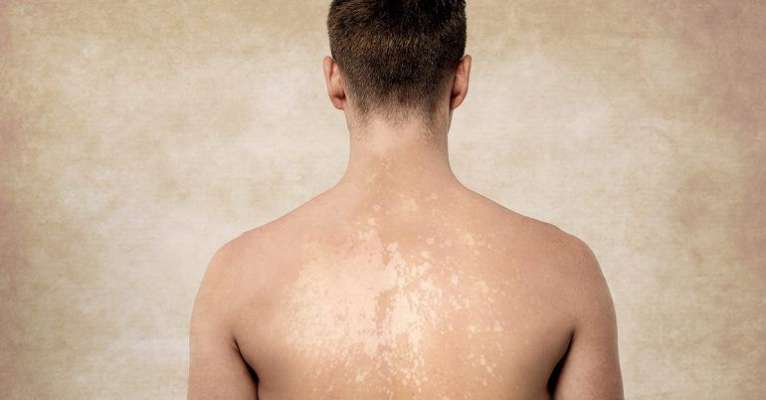Tinea versicolor, commonly known as an-an, is a fungal infection of the skin that causes discolored patches. It is a relatively common condition, and its diagnosis can often be confirmed through a dermatologist’s visual inspection. However, additional tests may be conducted to ensure accurate identification. Below is a guide on how to determine if you have tinea versicolor.
Signs and Symptoms of Tinea Versicolor
- Discolored Patches. The infection causes patches of skin that may be lighter or darker than the surrounding areas. These patches are often found on the chest, back, neck, and upper arms.
- Mild Itching. While tinea versicolor is usually not painful, it may cause mild itching, particularly when the skin is warm or sweaty.
- Dry or Scaly Texture. Affected areas may have a slightly dry or scaly appearance.
- Lack of Tanning. In some cases, the infection prevents the affected areas from tanning, making them more noticeable after sun exposure.
Diagnostic Methods for Tinea Versicolor
- Visual Examination. A dermatologist can typically diagnose tinea versicolor by examining the affected skin. The appearance of discolored patches is often enough to confirm the condition.
- Ultraviolet Light (Wood’s Lamp). To enhance accuracy, the dermatologist may use a Wood’s lamp to shine ultraviolet (UV) light on the affected areas. If it is tinea versicolor, the patches will glow a yellow-green color under the UV light.
- Microscopic Examination. For further confirmation, the doctor may take a small sample of the affected skin and examine it under a microscope. The sample is often treated with potassium hydroxide (KOH) to highlight the fungal elements, making them easier to identify.
Why Proper Diagnosis Matters
Although tinea versicolor is not typically harmful, its symptoms can be mistaken for other skin conditions such as eczema, vitiligo, or psoriasis. Accurate diagnosis ensures the correct treatment plan, which may include antifungal creams, shampoos, or oral medications for severe cases.
Managing and Preventing Tinea Versicolor
- Use Antifungal Treatments. Apply topical antifungal creams or shampoos as directed by a dermatologist.
- Practice Good Hygiene. Keep the skin clean and dry, particularly in hot or humid conditions.
- Avoid Excessive Heat and Sweating. Prolonged exposure to heat or excessive sweating can worsen the condition.
- Wear Breathable Fabrics. Opt for loose, lightweight clothing made of breathable materials like cotton.
By recognizing the symptoms and seeking a dermatologist’s advice, tinea versicolor can be managed effectively, minimizing its impact on your skin’s appearance and overall confidence.


